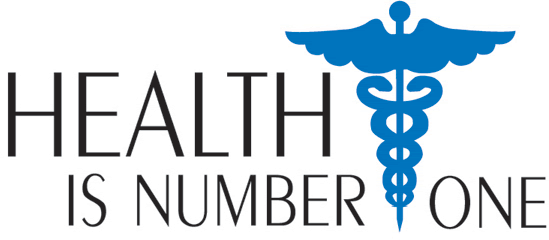Health Library ~ Family Medicine in Mullica Hill, NJIt's Never Too Early to Teach Your Child Fire Safetyby Craig M. Wax, DO Each year, fires kill more Americans than all natural disasters combined. According to the United States Fire Safety Administration (USFSA), children alone ignite approximately 100,000 fires annually. Sadly, children between newborn and 2 years old are most frequently admitted for emergency burn care in hospitals across the country, accounting for 25 percent of fire-related injuries or deaths. The USFSA reports that matches, lighters and other heat sources are the leading causes of fire death and injury for children. Consequently, it imperative that parents educate their children about fire safety. “Parents should teach their children fire safety rules. Tell them to return matches, lighters and other fire causing items to an adult if found,” says Dr. Wax, an osteopathic family physician who practices in Mullica Hill, NJ. “ In addition, parents should buy children’s sleepwear made from flame-retardant fabric.” Another recommendation shared by both USFSA and Dr. Wax is to involve children in the fire safety planning process. “There are a lot of ways to involve kids in fire safety,” he advises. “I recommend that parents ask their children to practice fire escape routes.” Other suggested fire safety planning techniques include:
According to the USFSA, children typically play with fire in bedrooms, in closets and under beds. Parents should frequently check under beds and in closets for burned matches or evidence that a child may be playing with fire If a child does get burned, Dr. Wax has some important advice. “First, make sure children know the stop, drop and roll technique in case clothing catches on fire, “he directs. Once the flames are smothered, cover the burn with a clean, dry cloth. He advises against applying any medication, ice, or butter on the burned area. Then, analyze the burn to identify the degree. Look for a burn that appears red or pale white. The skin should turn white (blanches) when you press on it, then turn back to red. This is a first or second-degree burn and home treatment may be an option. Third degree burns require immediate physician evaluation and hospitalization to rehydrate and restore blood electrolytes. If a patient sustains a third degree burn, he or she may also be in shock. “If there is any uncertainty as to the degree of the burn or your child is younger than 3 years old, consult your local family physician or emergency room for medical treatment,“ instructs Dr. Wax. When treating a first or second-degree burn at home, it is important to maintain a covering on the injury. Burns are extremely sensitive to temperature and therefore more susceptible to frostbite and sunburns. Sunscreen with a high sun protective factor (SPF) should always be applied to any sun exposed areas, particularly the injured area for the first year. He also recommends that parents keep their children away from second-hand smoke. “Second-hand smoke can slow the healing process because it decreases blood supply and delays tissue repair. Second-hand smoke will hinder your child’s healing process,” Dr. Wax advises. First-degree burns usually heal with home treatment in about 3 to 5 days. The treatment time for a second-degree burn depends upon the size of the burn, its depth, and the age and health of the person with the burn. Some second-degree burns may heal with the use of home treatment in 10 to 18 days, while others may require more extensive medical treatment. While first-degree burns usually do not cause blisters or scars, second-degree burns may leave scars after they heal. “Most importantly, if you treat the injury at home watch for any signs of infection,” explains Dr. Wax. “If you believe the area to be infected, contact your family physician.” Signs of infection include:
Injury prevention, like fire safety, is just one element of the spectrum of care that osteopathic physicians provide. As complete physicians, D.O.s are able to prescribe medication, perform surgery and can be found practicing in all areas of medicine. D.O.s can also use their hands to help diagnose and treat injury and illness and to encourage the body’s natural tendency toward good health through the use of Osteopathic Manipulative Treatment (OMT). For more information about D.O.s and osteopathic medicine, visit www.osteopathic.org. |
|





